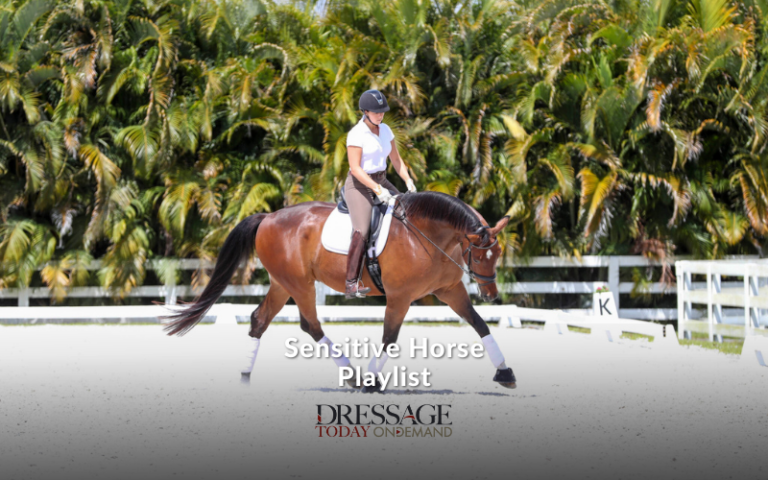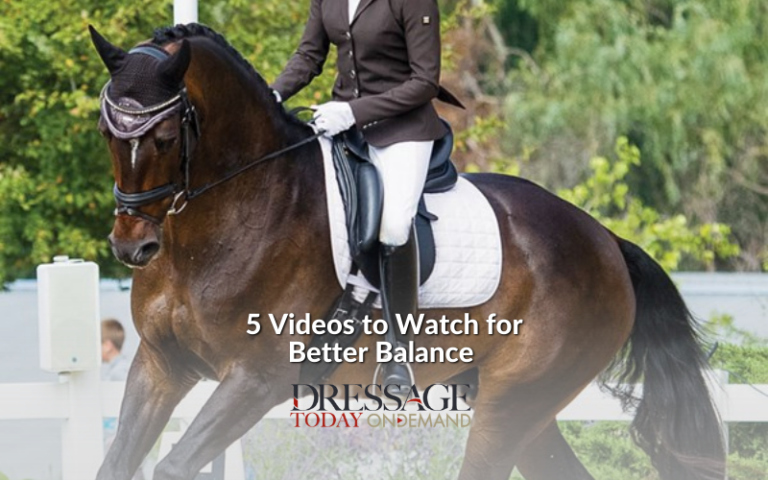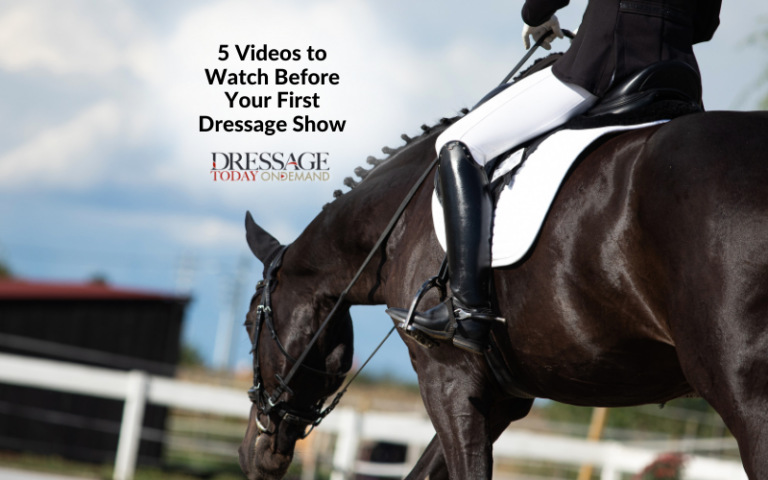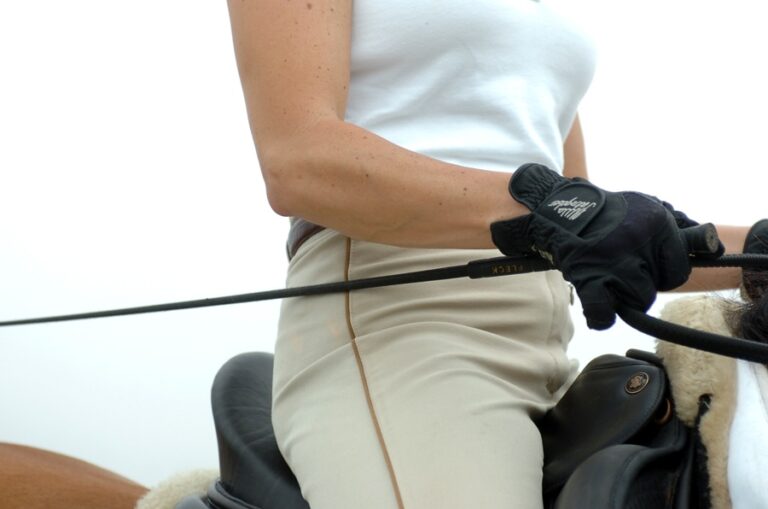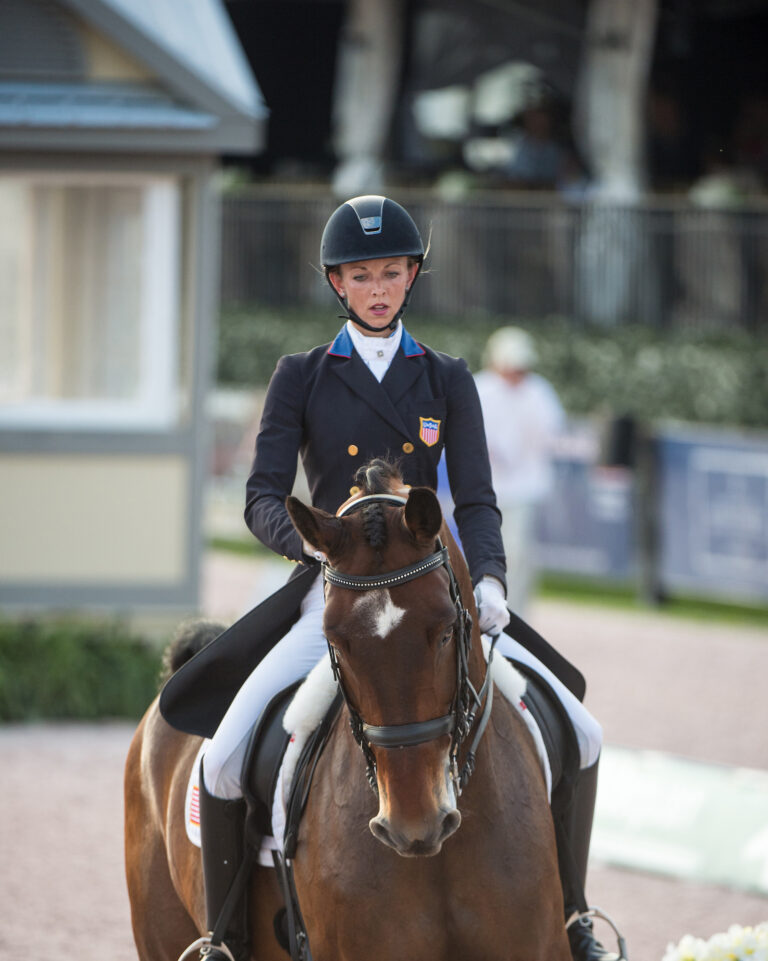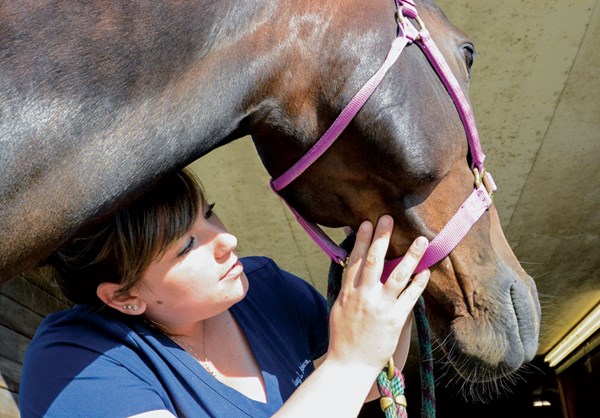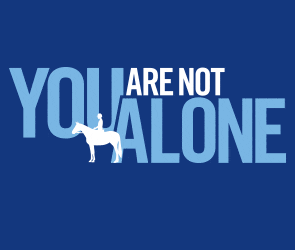Q: I bought a multivitamin supplement for my horse, and when reading the ingredients list, I noticed it contains an extremely high dose of vitamin A, 100,000 IU per pound. Could this be a misprint or do horses need such high levels of vitamin A? I know in humans an overdose of vitamin A can cause serious illness.
Name withheld by request
Eleanor M. Kellon, VMD
A: Vitamin A (trans-retinol) is an essential nutrient, critical for normal vision (night and color vision), immune function, gene action, fertility and development of the fetus, normal bone metabolism, red-blood-cell production, normal skin/hoof/eye surfaces and is also an antioxidant. Vitamin A is stored in the liver. Because it is one of the most-studied vitamins, it is found in a wide variety of feeds and supplements.
Vitamin A per se does not exist in plants. Plants contain carotenoids, which the horse’s body can convert into vitamin A. The major carotenoid in forage is beta-carotene. Fresh, nondormant pasture grasses have the highest concentration, old grass hays the lowest. While beta-carotene from forages is easily converted into vitamin A, supplemental forms are not as efficiently used. For this reason, supplemental forms are usually stabilized forms of vitamin A itself, such as retinyl palmitate or retinyl acetate. That is what you will see on the ingredients list.
The vitamin A requirement of adult horses at maintenance is 30 IU/kg (1 kg equals 2.2 pounds) of body weight. For growing and exercising horses, it is 45 IU/kg of body weight. A 500-kg (1,100-pounds) horse would therefore need 15,000 IU of vitamin A per day at rest and 22,500 IU per day when working. The proposed upper safe limit of intake is around 160,000 IU per day for a 500-kg horse.
Vitamin A can be toxic because excesses will accumulate in the liver. Toxicity includes bone fragility; developmental orthopedic disease in growing horses; areas of abnormal bone growth; itching, peeling skin and birth defects. Symptoms of bone disease include swelling, pain and fractures. The only treatment is to stop feeding vitamin A.
The amount you need to supplement depends entirely on how much is already in your horse’s diet. As mentioned, fresh grass is rich in vitamin A precursors, and horses on pasture do not need any supplemental vitamin A.
According to figures published by the National Research Council, alfalfa hay contains almost 25,000 IU of vitamin A per kg, which exceeds the total daily requirement of vitamin A for all classes of horses.
Grass hays are more variable. Canary grass was reported as 6,762 IU/kg, orchard grass as 13,366 IU/kg and timothy as 18,700 IU/kg. Even for the lowest figure—canary as 6,762 IU/kg—it would take only 3.3 kg or 7.3 pounds of hay to meet even the upper-level daily requirements.
However, vitamin A in stored forage/hay does decrease over time. By the time hay is 12 months old, the vitamin A content has decreased to one-half to one-third of the original pasture level. Hay that is 24 months old will have only about one-tenth of its original vitamin A content. A good rule of thumb is that if the hay has a nice green color, it contains adequate vitamin A.
Virtually all bagged feeds are also fortified with vitamin A, containing from 3,000 to 5,000 IU/lb. Balancer-type vitamin A and mineral supplements may contain as much as 36,000 IU/lb. The horse can therefore easily meet or exceed his vitamin A requirement with these products. How much is too much in a supplement depends both on the amount contained per dosage and how much your horse actually needs. If you are feeding only old hay and no supplemented grain, your horse may well need vitamin A. Otherwise, you may be more likely to overdo it rather than require it.
Eleanor M. Kellon, VMD, is a 1976 graduate of the University of Pennsylvania Veterinary School. Co-owner of the Equine Cushing’s and Insulin Resistance Group, she has written several books and thousands of magazine articles on equine nutrition and health. She also teaches online equine nutrition and care courses (drkellon.com).



